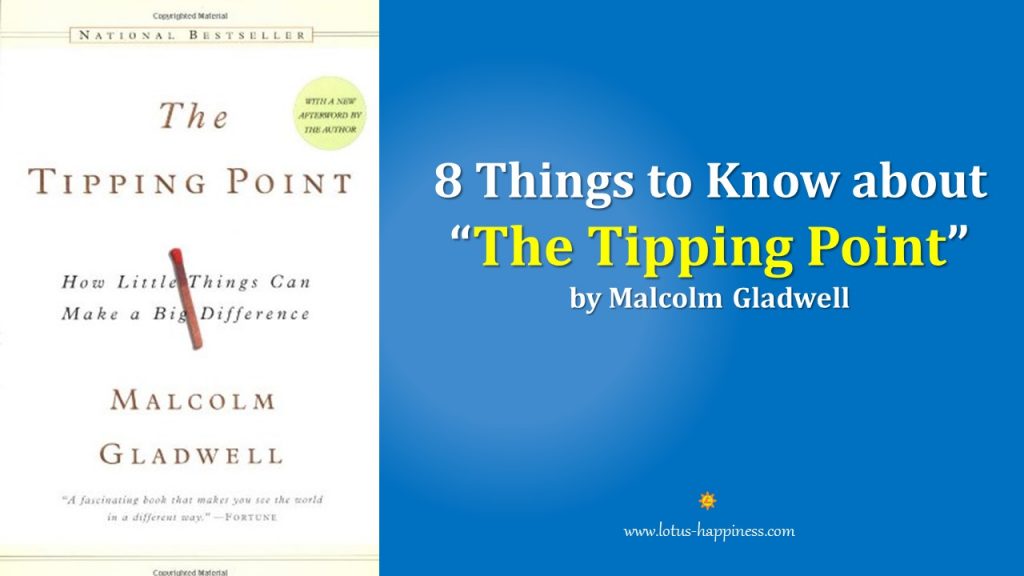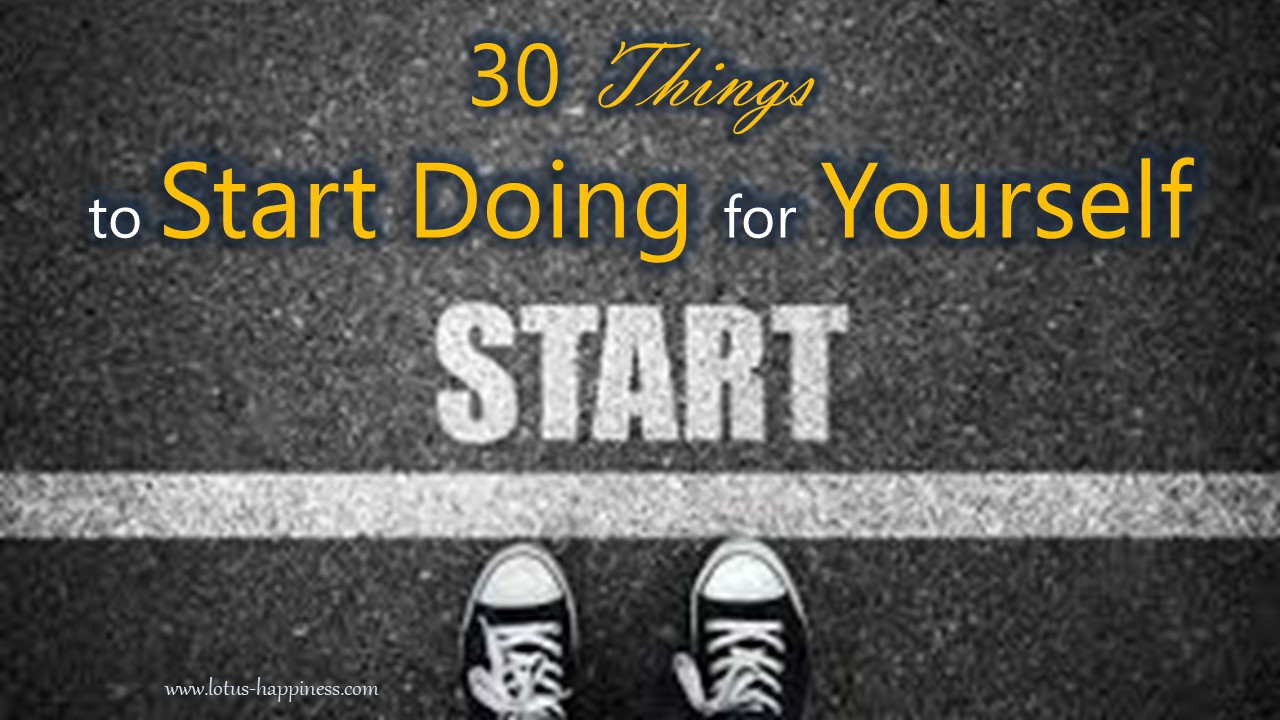
8 Things to Know about “The Tipping Point” by Malcolm Gladwell
Do you want to create change and make a huge impact in society?
If you answer is yes, then the book by Malcolm Gladwell – The Tipping Point: How Little Things Can Make a Big Difference – is a must read for you.
In order to effect a change – both in personal life or community at large – sometimes what it takes is just a tiny modification in the ways things are done. The change might be deceptively simple but the impacts are phenomenal.
The “Tipping Point” is a term coined by the people who study epidemics. The moment at which an epidemic or a virus reaches critical mass, it is poised to enjoy sudden and dramatic growth almost overnight. To visualize this concept, think of a balanced beam. When a certain pressure is applied beyond a certain Tipping Point, the beam will tip toward that direction.
To grasp the essence of the book in summary form, here are the 10 things to know about “The Tipping Point”:
#1 – Follow the Laws of Epidemics
The emergence of new ideas, products, and consumer preferences follow the three Laws of Epidemics rather than conventional cause-and effect relationships. The three critical traits of epidemics are:
1 – They are highly contagious
This means that small groups of people can spread an epidemic throughout the broader population.
2 – Little changes can have big effects.
Once a critical mass of people are infected with a “virus”, little changes can have massive repercussions.
3 – Changes happen dramatically rather than in a linear fashion
Ideas can spread quickly like a wild fire, as opposed to building up steadily.
#2 – Three Rules of Epidemics to Move Beyond the Tipping Point
To actually reach and move beyond the Tipping Point, a new epidemic, virus or idea must obey three basic rules:
Rule #1 – The Law of the Few
Rule #2 – The Stickiness Factor
Rule #3 – The Power of Context
#3 – The Law of the Few
The process of spreading an epidemic is never a mass effort. Instead, the huge chunk of the work will be done by a handful of exceptional people who have the right skill sets. The three key types of people who spread epidemics are:
1 – Connectors
These are people with a special gift for networking and bring people together.
2 – Mavens
These are information specialists who are always up to date with what’s new and interesting.
3 – Salesmen
These are people who are skilful in persuading others to act in some way.
In a nutshell, to succeed in building an epidemic, gather the right kinds of people.
In short, to grow a social epidemic, connectors, mavens and salesmen are all required.
#4 – The Stickiness Factor
The more memorable an idea, the greater is its “stickiness” or impact.
To succeed in building an epidemic, do everything you can to ensure your message won’t go in one ear and out the other (Ideas leak.)
Your job is to get people to remember the key message of an idea in order to change the way people think or act.
In short, make an idea or message sticky, memorable, and irresistible.
#5 – The Power of Context
Epidemics always reflect the environment in which they operate.
To get people act on a new ideas, have the right environment. Huma beings are influenced by their environment much more than they realize.
Thus, the context in which a new idea is placed as part of an epidemic will have profound influence on its eventual spread.
Simply put, to spread an epidemic, create the right context.
#5 – Characteristics of Connectors
A good connector:
- Has a very wide circle of friends and acquaintances
- Knows the right kind of people, especially the movers and shakers who are influential.
- Has an active imagination and enjoys checking things out by himself rather than relying on third-hand information
- Tends to have a gregarious personality
- Is intensely social and lives for the opportunity to be at the center of anything topical and interesting.
#6 – Characteristics of Mavens
Typical traits of mavens:
- They read a lot eg. Magazines, newspapers, books
- They love to give advice without expecting a reward
- They take the challenge to give good advice seriously
- Their main motivation is to educate and help
#7 – Characteristics of Salesman
An effective salesman:
- Has loads of natural exuberance which makes him charming and fun to be around
- Likes to help people
- Is charming and charismatic
- Is passionate and in love with his vocation
- Knows how to use all the techniques of persuasion – nonverbal clues, subliminal messages etc
- Is highly expressive and articulate in expressing thoughts and ideas in a positive sense
- Has an outgoing and gregarious personality
#8 – The Rule of 150
What is the most effective group size to start an epidemic?
Bigger is not always better. In fact, many organizations have found the optimum size to be around 150 people.
In simple terms, once you get about the 150 Tipping Point, impediments start to kick in that obstruct the group to think and act with once voice.











